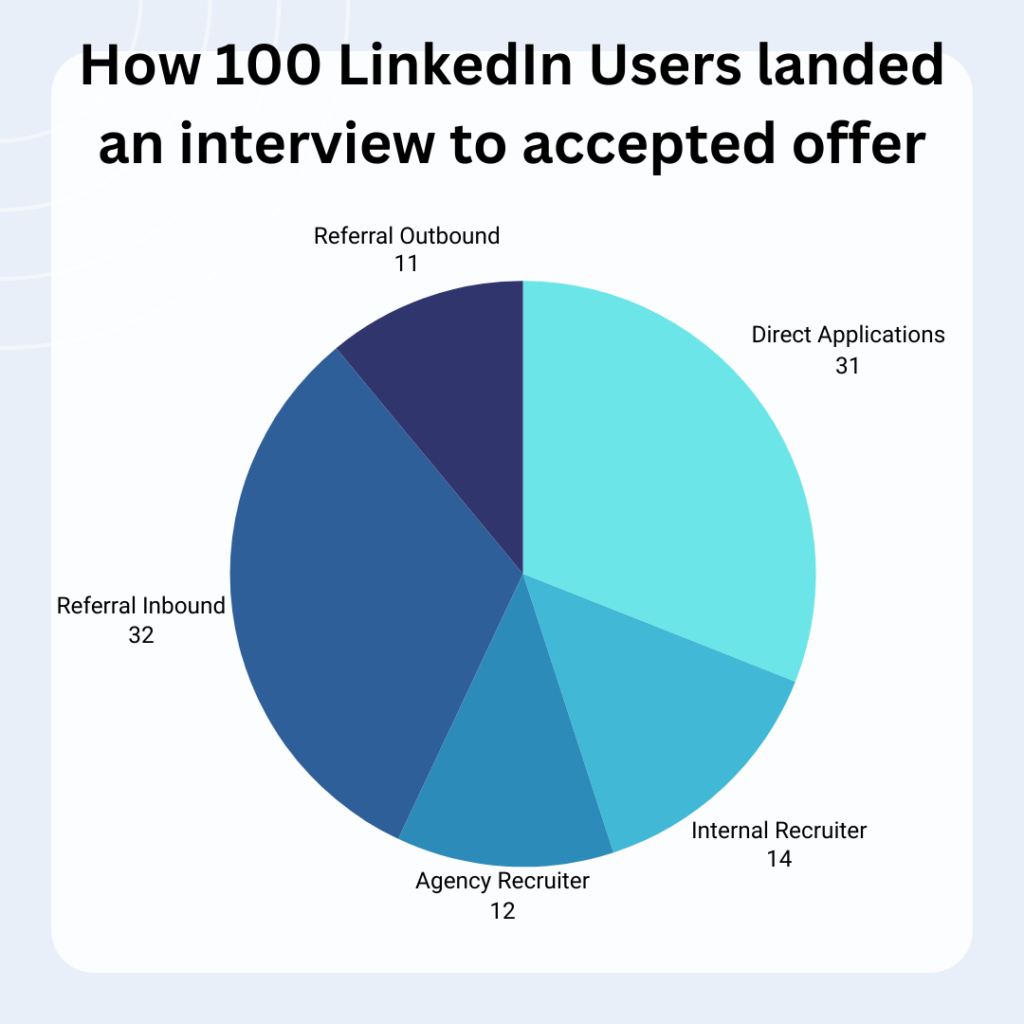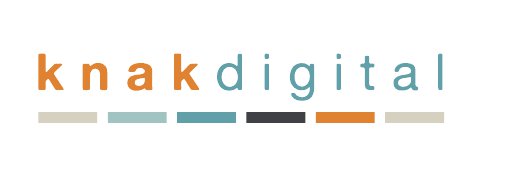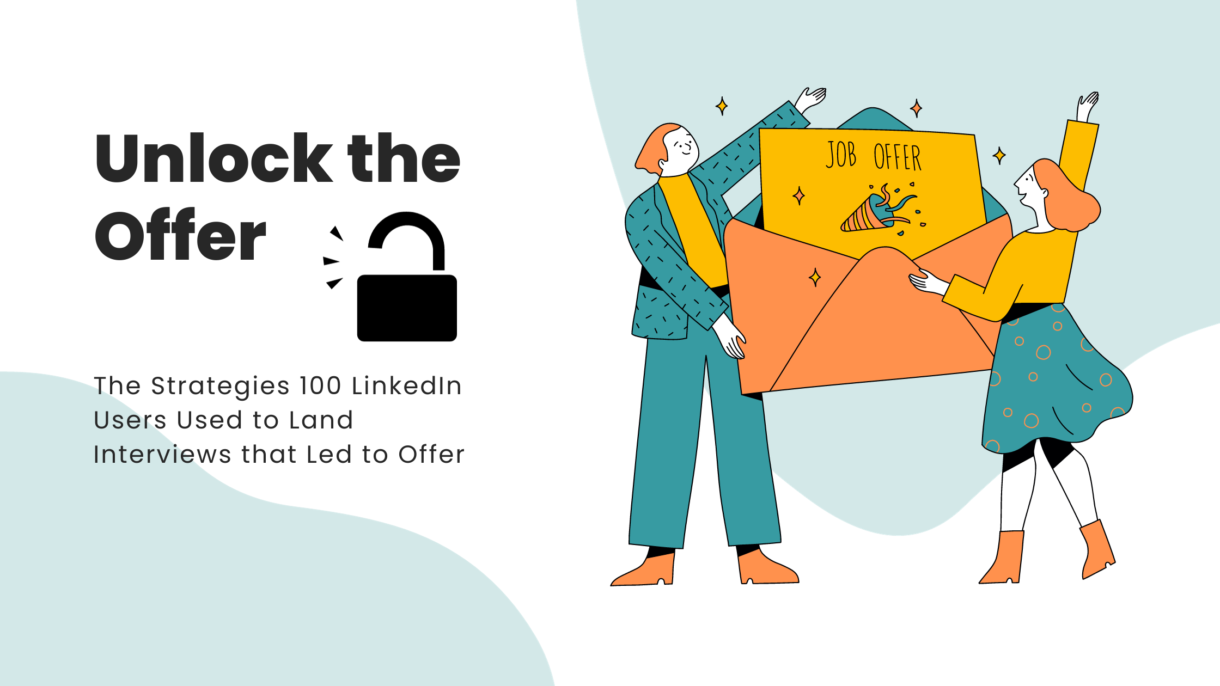Remember last year, when I dove deep into the secrets of 101 LinkedIn users who locked down their interviews and landed jobs? I’m back at it again, with a fresh round of insights from late Q3-Q4 of 2023! This time, I tracked down another 100 professionals on their interview-to-offer journeys.
The market has changed in comparison to when I conducted this one-on-one inquiry last time, particularly in tech. Interestingly enough, while tactics haven’t evolved or changed, there was an increase in one category: job seekers positioning themselves to be discovered by their network.
Along with the results, I’ll share the specific feedback from the respondents as well as actionable tactics that proved to work for them.
Summary of Sample and Results
I tapped into the wisdom of 100 LinkedIn users, a diverse crew spanning Fortune 500 giants like Deloitte and Marriott, the agile innovation hubs of tech like Atlassian and Stripe, and the scrappy startups and boutique agencies.
The final tally of how my network secured their interviews and offers was as follows:
- Direct application: 31
- Internal recruiter: 14
- Agency recruiter: 12
- Referral inbound: 32
- Referral outbound: 11

Definition of Strategy
- Referral, Outbound means that the person initiated outreach to a recruiter, employee, or hiring manager.Any situation where a person reached out to a recruiter was tallied here.
- Referral, Inbound means the person received outreach from an employee, friend, former coworker, or hiring manager.
- Direct Application refers to the applicant using online systems (ATS, job boards, corporate websites, LinkedIn as noted) to initiate interest from the employer.
- Recruiter, Agency refers to an external, 3rd party agency or consulting firm
- Recruiter, Internal refers to an internal employee of the company
Acknowledgement of selection bias of the survey
This sample is derived only from LinkedIn users (platform bias) who volunteered to respond to my inquiry. My network demographic is also comprised of individuals who work in tech and marketing roles. However, these results can still give you an idea of what methods are commonly used by job seekers in these industries.
It’s Not a One-Size-Fits All Approach
The results prove that a successful job search has a diverse route, from referral networks, recruiters, and even direct applications. Here’s an overview of each category:
✔ Direct Application:
- 1 used the “Easy Apply” function on LinkedIn
- 2 Saw post on LinkedIn but applied on company website
- Job seekers leveraged a variety of platforms, ranging from the company page, LinkedIn, Indeed, and Otta.
✔ Recruiters:
- Jobbot Recruiter found her on Linkedin
- Sr. level Demand Gen expert said thatt recruiters have always been their best resource for new jobs
- Internal recruiters edged out the external recruiters by 2 votes.
✔ Referral Inbound:
- 5 created public “Open to Work” posts about their job search which led to activating their network
- A Media Supervisor set their profile Open to Work, agency reached out
- 3 CEO’s reached out directly
- Within their network, the following relationships offered a job lead: 8 former colleagues, 7 former bosses, 4 friends, 1 family member
✔ Referral Outbound:
- Responded to someone else’s posting on LinkedIn
- 4 Saw a job posting on LinkedIn and reached out to contact
Let’s take a Closer Look

The sample size may have been modest, but each interaction opened a door to a unique perspective and nuances behind each success.
Cover Letter and Resume:
- For a content role, the job seeker said the CEO commented that on their writing style and cover letter. (For this job type, this shows that your writing skills (including the cover letter) can influence a hiring manager.)
Daily Alerts
- A Marketing Strategist for a Fortune 100 set up a LinkedIn job alert. The job they accepted was an alert found on LinkedIn, and then they applied directly on the company website.
- A VP Media for an International PR firm set up a Google alert and applied to the company website
Inmail
- VP of Client Services for an advertising agency used an Inmail credit to follow up with the hiring manager directly after applying online.
Boomerang
- A VP Left a year prior for a start-up, but it didn’t work out. They kept in contact and left on good terms, so they returned back to the international PR firm.
Personalization
- UX Designer prioritized quality over quantity by applying to a limited amount of jobs. Their resume was tailored for each job and they had 4 different portfolio versions. (Was also adamant about NOT using a referral to land an interview).
Knew Team for a While
- A software engineer knew team for 8+ years before approaching them directly for a job opportunity
- The Financial Lead knew the team beforehand. After a casual conversation based on their previous work together, they decided the company was a good fit.
Dust yourself off and Try Again
- The project manager was interviewed at the company 7 years ago but was ghosted. Nevertheless, they applied again anyway for a different role and were hired.
Power in Optimization
- A Marketing Director hired a career coach to optimize their profile along with how to use search. Optimization led to more appropriate job leads–and in their case– remote roles. They applied directly through LinkedIn.
Response from a LinkedIn Posting
- The Marketer made a post about looking for freelance work. A former boss saw the post which led to an interview (and full-time role).
- VP, CX wrote a post about leaving a prior role and was looking for their next leadership role. A former colleague reached out within days about a lead.
Tally for Senior Level+ Roles
I dissected the strategies specifically deployed by senior-level professionals, which I categorized by VP, Head, or C-Suite titles. (While I quickly combed the experience levels, I recognize this grouping may have errors due to the broad grouping and implicit assumptions).
- Direct application: 7
- Internal recruiter: 3
- Agency recruiter: 3
- Referral inbound: 12
- Referral outbound: 1
A CMO admitted they were approached by the company a few times over the past year, however, it took about 3 months of interviews and a presentation to the board before a job offer was presented.
A COO identified their job through their network. Specifically, a friend of the COO connected them to the CEO. Through many calls, dinners, and meetings–both agreed the fit was strong.
Final Thoughts
The inbound referrals were a stronger strategy that led to success in late 2023 (32) in comparison to the 2022 survey (10). The recruiter numbers stayed around the same average, with the inbound taking a small portion from the direct applications (2022: 45, 2023: 31).
Attracting an inbound lead for a job opportunity is the ideal situation for a job seeker, especially because it’s typically always backed with a personal endorsement. But why the uptick this go around? I can only speculate, but here’s a few ideas:
- Some recruitment strategies may have prioritized referrals in the initial stages of the search
- These job seekers had unique skills needed in the market
- These job seekers had a strong, positive reputation
- The job seekers had an increased presence and optimized profile on LinkedIn for stronger visibility
- These job seekers had strong habits of nurturing their network
- If companies were hiring locally, the employers relied on their current network for talent
(The results could have been completely random, and as always–the sample size and bias is too small to make generalizations about the broader population.)
I can’t ignore the change in the job market.
The tech market experienced high growth in 2022 until Q4, when layoffs started to skyrocket and many jobseekers flooded the market. With the shift in landscape, I talked to frustrated job seekers who were applying to hundreds of jobs without any callbacks. As the results proved, applying directly to job postings can lead to an interview. But success in the job market is using a variety of strategies to increase your chances to land an interview.
Sidenote: I did not have one person reference the use of leveraging an AI tool to help them further their search efforts.
In my prior article, I did discuss other factors that could have influenced the results ranging from the quality of resume, online presence, demand for skill-set, messaging, and interviewing ability. Click here and scroll down to the bottom of the article to read more into these nuances.




